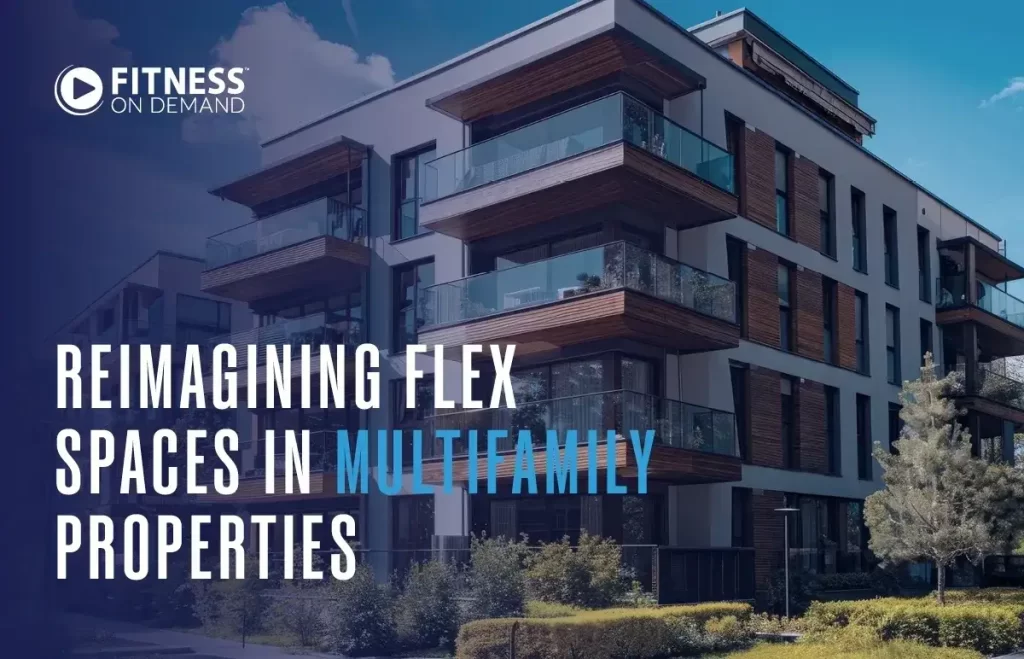A successful gym layout is one that flows with the activity, offering flexibility for every workout.
As fitness routines evolve, so must your gym layout. Consumers are looking for space that supports both their intense workouts and their recovery needs. Designing your space to accommodate a wide variety of workout types is key.
- Design for Flow: Place high-intensity areas like weight training and HIIT in one part of the gym, and quieter, recovery-focused spaces like yoga studios in another. This zoning will help create a more organized and enjoyable experience.
- Offer Zones for Digital Fitness: If you’re catering to digital fitness trends, consider dedicated spaces for virtual classes or solo workouts. Offering an area with plenty of charging stations and Wi-Fi access can help attract tech-savvy members.
The Impact of Hybrid Fitness on Membership Engagement
The future is hybrid—people want the flexibility to work out in the gym or from home, and they expect both to be seamless.
As the fitness industry evolves, hybrid fitness is becoming the new norm. Many gym members now want the flexibility to train in the gym while also having the option to work out virtually at home. Offering both in-person and virtual workout experiences can create a more engaged and loyal membership base.
- Hybrid Membership Options: Allow members to choose whether they want to participate in in-person classes, virtual sessions, or a mix of both. This flexibility adds significant value to their membership and increases retention.
- Upsell Digital Features: Offer exclusive virtual classes or online workout tracking to enhance the member experience and drive additional revenue streams.
Final Thoughts: Embrace the Shift to Stay Ahead
The fitness consumer’s expectations have shifted, and the gym experience must evolve with them.
The fitness industry is moving rapidly, and the data shows that more and more consumers are prioritizing fitness in their lives. Gym owners and managers need to adapt quickly to stay relevant in an increasingly competitive market. By investing in versatile equipment, creating multi-use spaces, and offering hybrid fitness options, you can meet the growing demands of today’s fitness consumer and continue to thrive.
With fitness trends evolving at such a rapid pace, staying ahead of the curve is crucial for keeping your members engaged and satisfied. The new fitness consumer is here to stay, and it’s up to you to provide the experience they’re looking for.



